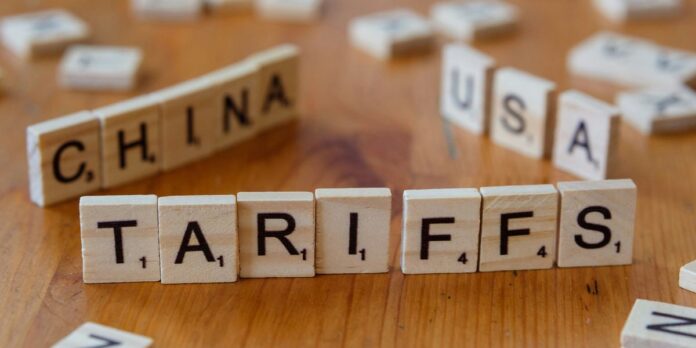Introduction to the Tariff Crisis
American President Donald Trump’s aggressive new tariffs on imports to the US have triggered swift global condemnation and threats of retaliation as world leaders brace for economic upheaval. The sweeping measures, unveiled on Wednesday, April 2, have introduced a 10 percent baseline tariff on all imports and impose significantly higher duties on key US trading partners.
The Tariffs’ Impact
The tariffs — some of the highest imposed by the US in over a century, according to Fitch Ratings — have increased the average duty on imports to 22.5 percent, up from just 2.5 percent last year. They target various goods, from Italian coffee and Japanese whisky to Asian-made sportswear, and have already prompted automaker Stellantis to temporarily lay off US workers and shutter plants in Canada and Mexico. "The consequences will be dire for millions of people around the globe," European Commission President Ursula von der Leyen said in a scathing response, reflecting rising fears of escalating trade conflicts.
Global Reaction
China, which is now facing a 54 percent tariff on its exports to the US, has vowed immediate retaliation, while the EU, which is subject to a 20 percent duty, has hinted at targeted countermeasures. Despite mounting criticism, Trump continues to defend the tariffs, claiming they are necessary to counter unfair trade practices and revive the American manufacturing industry. He has described the policy as "Liberation Day" for the US economy, insisting it will incentivize companies to relocate production back to American soil.
Global Leaders Scramble to Respond
The tariffs have ignited geopolitical tensions, particularly among US allies. Japan and South Korea, both home to major American military bases, were hit with tariffs of 24 percent and 25 percent, respectively. Taiwan faces a 32 percent tariff despite ongoing US military support amid Chinese pressure. In Europe, Germany’s IW research institute estimates that the tariffs could wipe out 750 billion euros (US$833 billion) from the region’s economy.
EU and Other Nations Prepare Countermeasures
The EU has vowed a strategic response, with officials stating that any countermeasures will be "smart and targeted." European leaders have particularly criticized Trump’s decision to include some of the world’s poorest nations in his sweeping tariffs, including Cambodia, Bangladesh, and Lesotho. "To see countries like Lesotho, Cambodia, and Bangladesh hit the hardest by US tariffs is absolutely deplorable," an EU official said.
A Tumultuous Trade Landscape
The US tariffs have left the global trade landscape in turmoil, with repercussions extending far beyond immediate economic losses. Many experts see Trump’s aggressive trade stance as a gamble that could reshape global alliances and challenge the post-World War II economic order. Should negotiations with affected nations fail, the world could see a new era of economic fragmentation, with countries seeking to decouple from US trade dependence.
US Stock Market Takes a Hit
Following Trump’s announcement, US stock indexes experienced significant declines. By midday Wednesday, April 3, the Dow Jones Industrial Average had fallen over 2 percent, while the S&P 500 had dropped 3.7 percent. The Nasdaq Composite was down 4.6 percent, and the US Dollar Index had slumped by 2.1 percent. The euro gained 2.4 percent, marking its most substantial daily jump since 2015.
Conclusion
In conclusion, the introduction of aggressive tariffs by the US has sent shockwaves around the globe, prompting widespread condemnation and threats of retaliation. As the world waits to see how these measures will play out, one thing is clear: the global trade landscape has entered a period of significant upheaval. The consequences of these tariffs will be far-reaching, impacting economies, trade relationships, and potentially even global alliances. Only time will tell if President Trump’s gamble will yield the economic benefits he promises or lead to a deeper instability in the global market.

